Development Of A Hypersonic Aircraft Design Optimization Tool
WHERE
EFFICIENCY
TAKES OFF
Take a look
Our partner company Spacekeys
BECAUSE
EVERY GIN NEEDS
A TONIC
Visit Page
CAREERS
ALSO WANT TO
FLY HIGH
Our jobs
FLIGHTKEYS - a Vienna based software development company - has been founded in April 2015 by a team of passionate and high profile aviation experts with very specific knowledge and long-term experience in the field of flight planning & optimization:
"Our mission is to completely re-write the science of flight management for the 21st century by precisely meeting the emerging requirements of cost-optimized airline operations, trajectory-based operations and reduction of emissions. Our research takes place in a corporate climate that promotes innovation, continuous search for excellence and ensures we have fun in what we are doing. Our focus is on affordable, user-friendly systems that provide the ultimate level of cost optimization and integrate seamlessly into future airline operations and ATM systems. FLIGHTKEYS 5D - as the only 21st century flight management system - will balance airline network throughput, greenhouse gas emissions and safety in the most cost-efficient way and covers a scope far beyond any solution currently available on the market. By improving communication and collaboration amongst stakeholders in the aviation industry it will lead to a smarter and more productive use of aircraft and airspace. Our vision is now swiftly taking shape in an unprecedented clean-sheet development approach with a fast-growing team of top software developers and aviation experts. So watch us closely, or feel free to invite us to present our new 5D solution."
Having developed flight planning systems for more than 30 years, the FLIGHTKEYS team has the background to ensure that 5D will meet the basic requirements of trajectory management and flight planning systems. We think that features like fuel tankering, ETOPS, Terrain avoidance scenarios, precise overflight fee computation, flight specific NOTAM and weather briefings, consideration of weather hazards, and more are basic features and do not have to be explained in detail. 5D will be built on top of these standard features and drive them even further. Nevertheless, we would be glad to hear what you miss in your current system. Please don't hesitate to contact us!

- 5D Multiverse (Probabilistic Dimension)
- Multi-Dimensional All-In-One Trajectory Generator
- Full Flight Dynamics
- Alert-Resolution Driven
- Network and Traffic Awareness
- Web-based, Cloud and Mobile
- Tight ATM System Integration
- Dynamic Airport Suitability Checking
- In-Flight Trajectory Management
- 5D Analytics Module
- Flight Lifecycle Traceability
- Advanced APM integration
- FIXM 4.0 Ready
- Flexible Planning And Fuel Policy
SHOW ADVANCED FEATURES HIDE
In addition to the 4D space covered by traditional flight planning solutions, 5D extends the calculation space into a 5th dimension. Uncertainties in surface weather, traffic and cost prediction is modelled into statistical functions based on a continuous analysis of actual flight data. For upper air weather, multicasting weather products are introduced to compare multiple scenarios and automatically apply suitable strategies, e.g. adaptive fuel reserves and delay cost reduction.

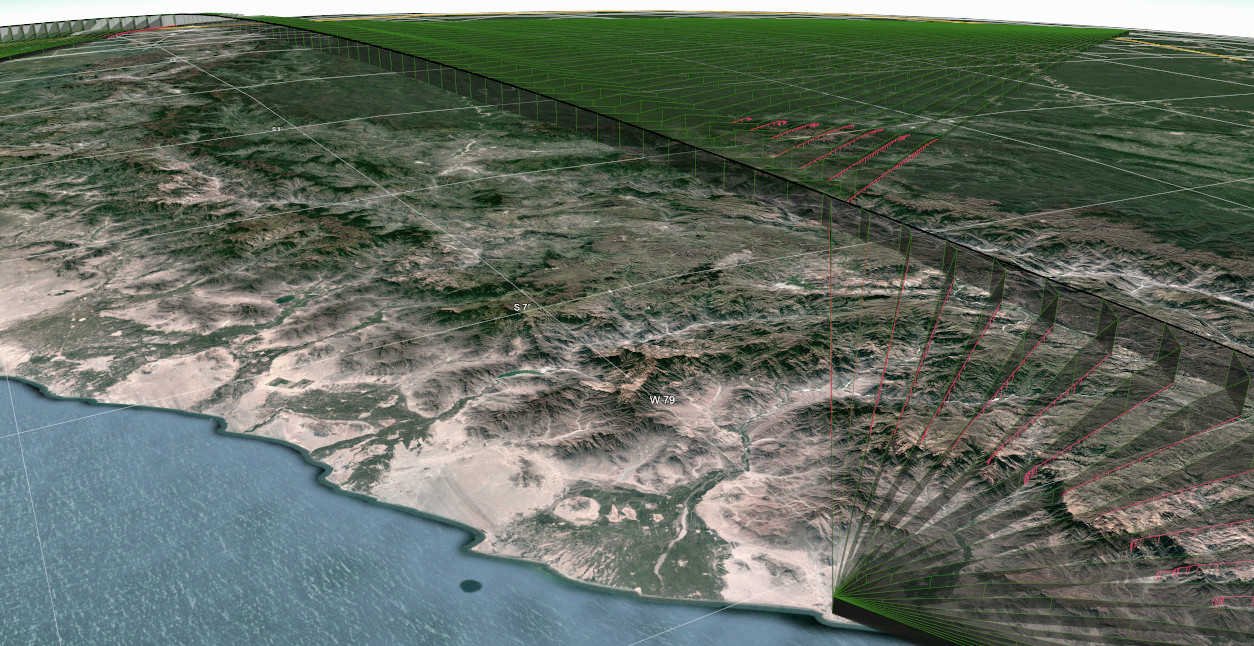
All-in-one trajectory optimizing is the holy grail of flight management systems and was considered unachievable when the currently existing systems were developed 20 years ago. Therefore, traditional systems optimized in 2 steps: First, a lateral route was created with rudimentary aircraft performance data to consider upper air weather, overflight cost and airspace constraints. Second, vertical and speed optimization was applied on this pre-defined route. As the only 21st century flight management system, our multi-dimensional all-in-one optimizer creates the trajectory in full resolution from gate to gate (utilizing all available runways) with dynamic aircraft performance data, precise overflight fee formulas and probabilistic cost functions in a single pass, thus avoiding any issues of vertically unflyable routes, inaccurate overflight cost and on the other hand provides significantly improved optimization accuracy at the same time. By applying newest technology and advance algorithms, we can achieve a significant calculation speed improvement that enables repeated, automated optimization runs whenever triggered by external conditions.
In the near future, 5D will be based on a completely new paradigm - it will simulate the trajectory and calculate required data from original airplane and engine characteristics wherever possible. Those characteristics are laid down in high and low speed lift/drag polars, thrust/altitude characteristics, thrust/fuel behaviour and many more. 5D performance engineering tools already allow to extract basic characteristics of an aircraft from manufacturer's data in an elaborate way and these data can be further refined through our advanced APM (aircraft performance monitoring). With these data and the associated complex algorithms, 5D will become extremely flexible and accurate in all performance calculations. As a first step, climb and descent calculations are based on a hybrid table/1st principle method that already provides much more flexibility in automatically selecting optimum profiles and considering acceleration/deceleration segments. The following features will only be possible with our 5D flight dynamics based system:
- Consideration of geopotential gradients (cruise at constant pressure altitude actually means climbing into high pressure areas and descending into low pressure)
- Precisely optimized climb and continuous descent profiles with accurate airport elevation consideration
- Elimination of speed optimization artefacts from low-res manufacturer data
- Accurate consideration of vertical wind components and wind shears
- Consideration of geopotential gradients (cruise at constant pressure altitude actually means climbing into high pressure areas and descending into low pressure)
- Consideration of geopotential gradients for terrain clearance and drift-down
- Consideration of pressurized cabin air weight (example: an A330 can effectively weigh an additional 700kg at cruise altitude)
- Consideration of inertial forces (gravity changes with altitude and latitude, coriolis force, centrifugal force)
- Consideration of distance increase at higher altitude
- Consideration of climb gradients in turning flight
- Accurate altitude capability based on CG and fuel distribution prediction
- Integrated fuel tank temperature predictions
- Adaptive buffet margins for improved turbulence management
- Cruise climb calculations (continuous climb during cruise phase at climb thrust)
- Non-standard descent calculations, considering cabin pressurization schedules and speed brake or flaps usage)
- Flexible bleed settings (anti-ice, non-standard aircondition settings)
- Effect of humidity on fuel consumption
- Holding calculations in non-clean configurations, depending on speed constraints
- Engine-out and gear down calculations in any combination and for any flight phase
- Refined and fully automated aircraft performance monitoring
- Mixed engine operations
- Evaluation of new airframe-engine combinations
- Integrated landing performance calculations for airport suitability checks
- Large-scale comparison simulations for different optimization strategies (e.g. versus FMS speeds and profiles)
- Planning of supersonic and hypersonic vehicles, including orbital dynamics up to LEO
- Distill performance data out of large sets of real flight data from DARs
- Reliable terrain-limited climb-out profiles for PBN evaluations
- Support test flight evaluations
- Develop and evaluate more efficient flight profiles
- Provide EFB applications to assist more efficient flight profiles
- Improve / design the next generation FMS
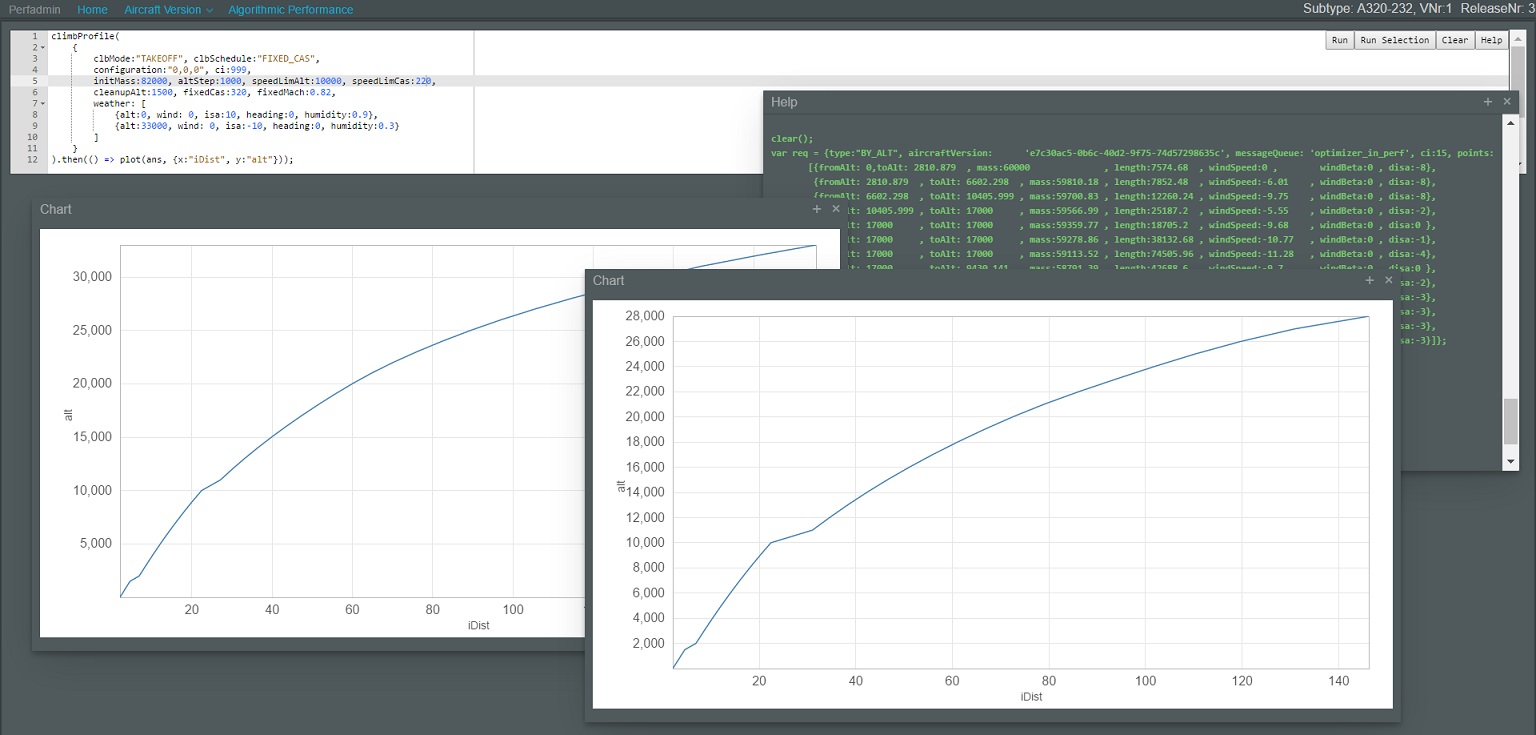
Alerts and warnings are an important method to inform the user on potential issues associated with the planning. There are both internal and external events and status changes that can result in an alert. The severity or applicability of such an alert highly depends on the type of operation and the workflow in dispatch and collaboration with the cockpit. Also a lot of the reasons for alerts could be self corrected automatically or semi automatically. We designed a 3 layer event / status processing and configuration system that will allow free configuration which events in conjunction with which statuses will result in an automatic action and / or alert and warning. Based on the setting the system can provide a very concise set of necessary alerts and wherever possible already suggest a "one click acceptance solution" to keep the workload of the dispatcher as low as possible. Automatic solution of issues and direct alerting of the cockpit can be driven within the same set of settings.
Future 5D ehancements will allow to view flights not as singular entities anymore, but as participants in the full traffic picture, with tools to ensure passenger, load, crew and aircraft connectivity, as well as trajectory optimization around potential traffic conflicts. In-flight monitoring alerts for potential encounters and in-flight re-optimization allows to resolve conflicts in real-time, with increasing strictness applied as an encounter gets closer in time. This advanced concept will shift the handling of traffic flow management from ANSPs to airline operations centres.
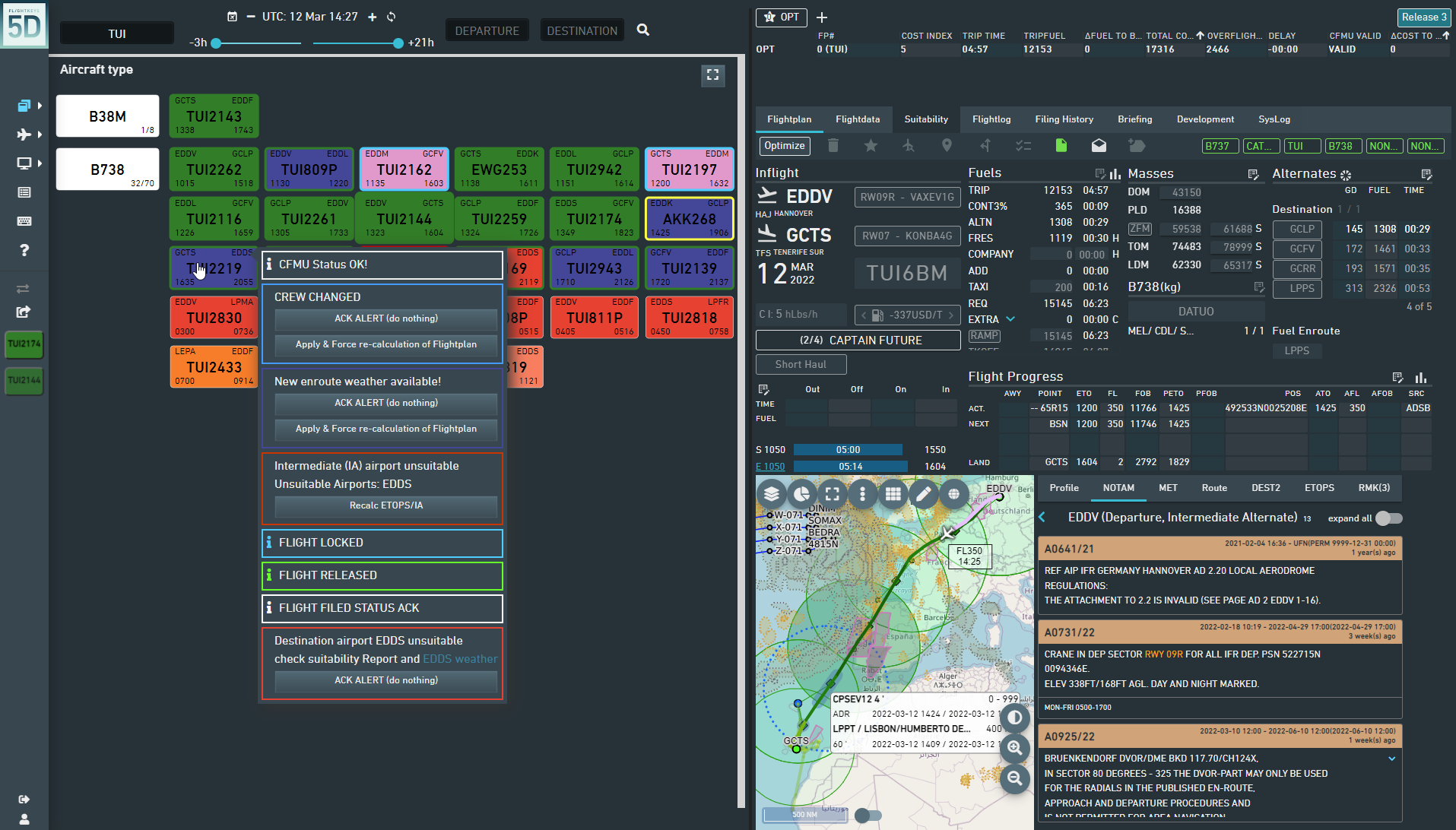
5D is built on a state of the art container architecture where monolithic components are avoided as far as possible. This enables the system to run in any cloud or cloud-like infrastructure, either hosted by FLIGHTKEYS or hosted by the customer. Due to this distributed architecture, the server infrastructure requirements are much lower compared to other trajectory or flight management systems on the market. 5D furthermore has a fully web-based user front end that can be accessed from any computer, tablet or even smart phone.
5D bridges the traditional gap between ATM flight data processing and airline operations management to the point where 5D creates pre-deconflicted and cost-optimized trajectories. It will be the only system that fully supports enroute CDM, enroute UDPP and DARP. While ATM is focused on local processing and sector load balancing, airlines are operating globally and need to have the full picture, including all other traffic potentially affecting their flights. Enroute CDM automates the communication process for rerouting airborne flights and allows to negotiate route proposals with ANSPS and upload approved trajectory revisions to the aircraft. Due to the high level of automation, both controller and dispatcher workload is reduced.
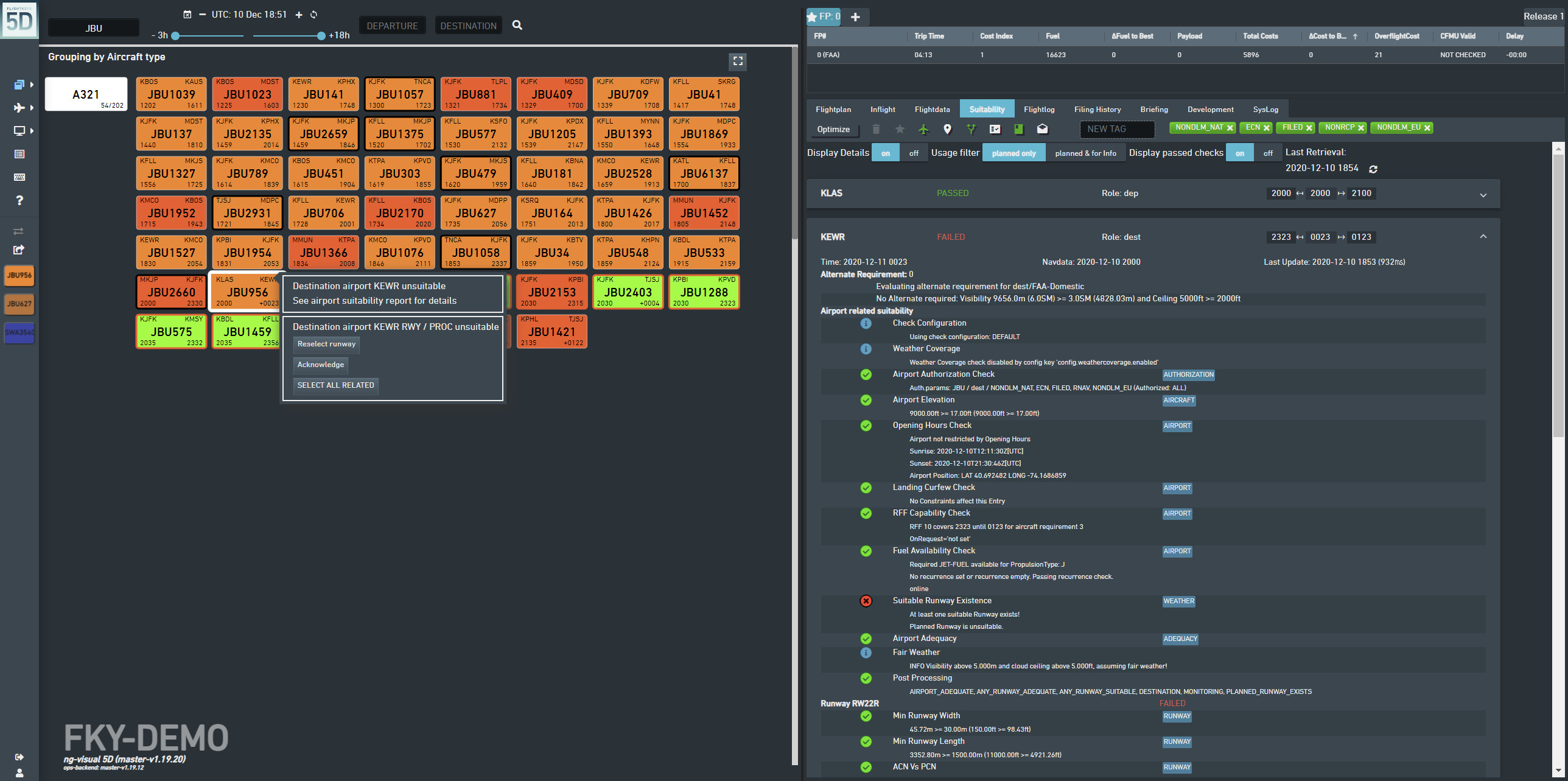
Real-time airport suitability monitors availability of airports, runway, terminal procedures and approaches runways from the pre-planning phase to landing. This includes active NOTAM and weather monitoring. Dynamic planning minima (ex. Alternate or ETOPS minima) are derived from available runways and approaches at the planned arrival time, using user configurable rules.
5D Analytics is an advanced flight planning projection tool powered by the FLIGHTKEYS 5D engine. The tool is designed to provide high quality flight data prediction for analysis of new routes. The route analysis uses historical deterministic upper air data. In addition to the flight data (time, payload, cost, etc…) the result enables the user the location of the most probable optimum route, which highlights potential overflight permission requirements. Analytics 5D produces both PDF reports (via Web-UI or email) as well as XML reports for the integration into an airline's commercial planning system.
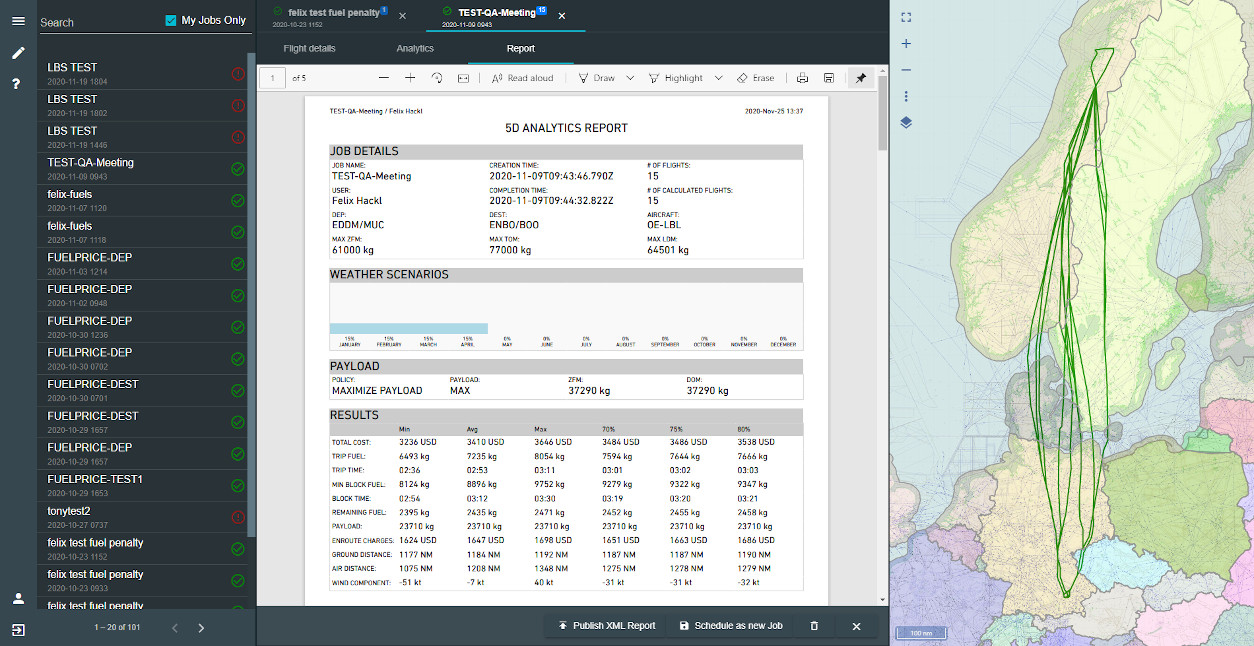
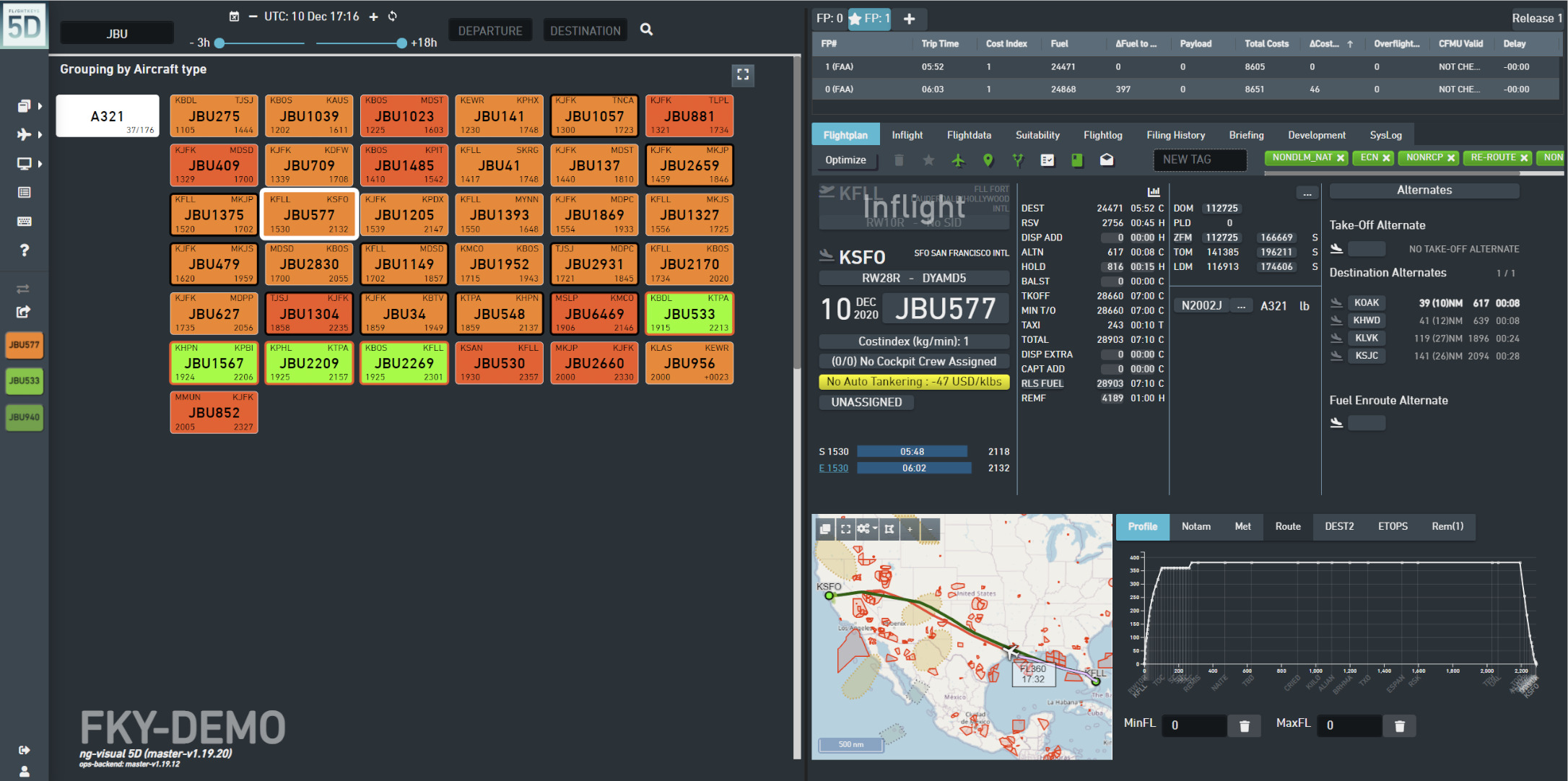
With 5D, in-flight trajectory management goes far beyond current flight-watch or flight-following. The optimization process seamlessly continues from several days before departure throughout the actual flight from leaving the gate until landing. Once an aircraft leaves the gate, the stakes are set. The aircrafts gross mass is fixed for the first time since starting planning that flight, the fuel on board is known and once the gear is up, 5D already has recalculated and re-optimized the trajectory of that flight and continuous to do so until landing. Given the unique full flight dynamics used by 5D that alone continuously saves cost.
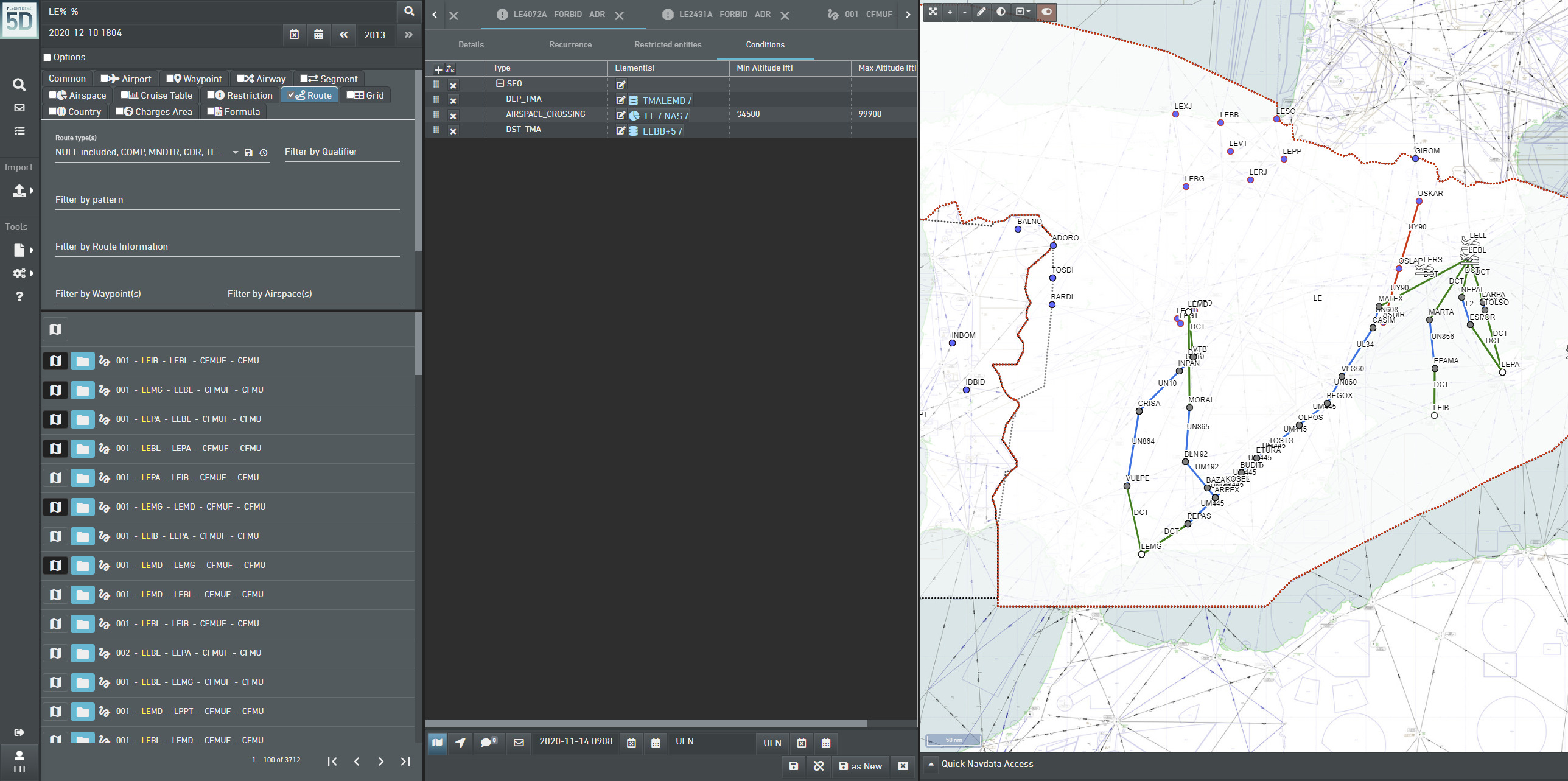
Every flight gets calculated and optimized multiple times - from weeks before the actual flight to actual landing and then post-flight evaluation.
- Long-term planning, scheduling - weeks before departure (utilizing a 16 day GRIB upper air data forecast)
- Pre-flight planning, hotspot detection, trajectory filing - from days to a few minutes before departure
- In-flight re-optimization, conflict resolution, weather avoidance
- Post-flight evaluation - as soon as actual trajectory data is available
During the entire lifecycle of a flight, a vast amount of events take place that may change the status or the parameter of a flight. These events may be triggered by 5D components, other systems, user interaction or data coming from the aircraft. 5D's revision and event traceability concept ensures that all these events and changes are traced, stored and available at any time.
Precise Aircraft Performance Monitoring is a cornerstone for accurate and efficient flight planning and safe reduction of contingency fuel. To get the highest benefit from 5D 's advanced aircraft performance algorithms, 5D will integrate advanced APM from QAR-based APM providers like Storkjet. As one of many additional benefits, advanced APM reduces scatter and provides more meaningful results. 5D APM integration will be based on high-resolution QAR data, which combined with full flights dynamics creates useful results even for flight segments that do not fulfil stabilization requirements, thus increasing the size of useful samples significantly.

FIXM (in support of ICAO FF-ICE) will bring 5D's global trajectory management capabilities into a globally interoperable state. Apart from the evolution of the 4D trajectory (as it exists in the Extended Flight Plan) an integral part of FIXM will be the GUFI (Globally Unique Flight Identifier) which is issued for each planned flight. 5D's flight identification architecture fully integrates this concept and opens the door for a global flight plan filing and validation system. Flight Data Processing Systems, as used within Air Traffic Control Units can easily integrate 5D's trajectory generation, monitoring and revision engines via this global standard.
5D is coming with an integrated dynamic policy editor and evaluation engine which puts an end to hardcoded planning policies that are time-consuming and costly to change. Policies like fuel, planning or alternate selection policies and more can be easily defined and changed just in time. Together with the scripted business rules this creates an unprecedented level of flexibility.
We are continuously building up a creative and motivated team of developers, testers, engineers and system experts
and if you would like to participate in creating, supporting and delivering solutions for mission critical systems and
work for customers around the world, we would be excited to hear from you.
IT Ops &
DevOps Engineer
The requirements are:
- Experience in setting up and maintaining complex, 24/7 mission critical software
- Willingness to work in 24/7 shifts
- Eagerness to acquire aviation application and process know-how
- Passion for delivering outstanding customer support
- Talent for troubleshooting and debugging
- Fluent business English language skills
- Strong in communication and task management
- Experience in SQL and maintaining database systems
- Basic knowledge with common Linux distributions
- Nice to have: Programming skills and/or Experience with micro service architectures (Docker/Kubernetes)
- Nice to have: Experience with Amazon AWS cloud deployment or similar commercial cloud vendor
What we offer:
- Warm and friendly work environment
- Superb infrastructure
- Working in a global environment for global customers
- Opportunity to travel to customers around the world
- Opportunity to grow with us and expand your skillset
- Flexible roster planning incl. flexitime
- Salary: 40,000 - 60,000 EUR per year (depending on your experience, attractive shift compensation will be paid extra)
- Contract Type: Full-time / permanent position
UI
Software Developer
The requirements are:
- 5+ years of experience as Software User Interface Developer
- Passion to develop highly sophisticated rich applications
- Eagerness to acquire aviation application and process know-how
- Fluent business English language skills
- Nice to have: Experience with Qt/QML
- Nice to have: Experience with mobile app development (iOS, Android)
What we offer:
- Warm and friendly work environment
- Superb infrastructure
- Working in a global environment for global customers
- Opportunity to grow with us and expand your skillset
- Salary: 40,000 - 60,000 EUR per year, depending on experience
- Contract Type: Full-time / permanent position
- Location: Vienna, Austria
Software
Test Engineer
The requirements are:
- 5 years of experience in Software Test Engineering
- Passion for high quality software
- Develop automated integration test cases for a microservice software suite
- Develop automated UI test cases for Angular UIs
- Test plan and test documentation for product releases
- Construct and maintain automated testing frameworks
- Experience in testing, troubleshooting and debugging
- Nice to have: Experience in Software Development (e.g. Java, C++)
What we offer:
- Warm and friendly work environment
- Superb infrastructure
- Working in a global environment for global customers
- Opportunity to travel to customers around the world
- Opportunity to grow with us and expand your skillset
- High degree of flexibility
- Salary: 40,000-55,000 EUR yearly gross, depending on experience
- Contract Type: Full-time / permanent position
- Location: Vienna, Austria
Copyright 2020 FLIGHTKEYS | IMPRINT
FLIGHTKEYS GmbH
Gesellschaft mit beschränkter Haftung
UID-Nr: ATU69584728 | FN: 432428 z | FB: Wien
Firmensitz:
Mariahilfer Straße 47/1/TOP 102, 1060 Vienna, Austria
Mitglied der WKÖ
Development Of A Hypersonic Aircraft Design Optimization Tool
Source: https://flightkeys.com/
Posted by: hayesancour.blogspot.com

0 Response to "Development Of A Hypersonic Aircraft Design Optimization Tool"
Post a Comment